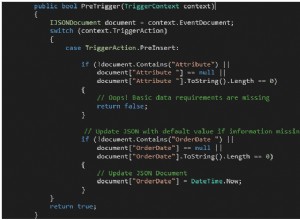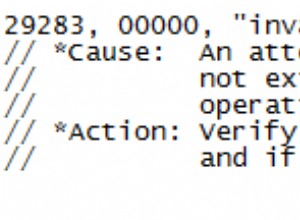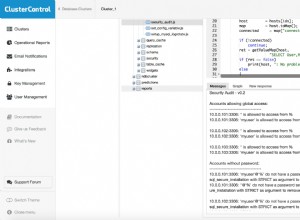Ten rodzaj wymagania (gdzie potrzebujesz wartości max lub min w jednej kolumnie, pogrupowanej według innej, ale potrzebujesz wszystkich danych z wiersza max lub min) jest w zasadzie tym, co funkcje analityczne są dla. Użyłem row_number - jeśli remisy są możliwe, musisz wyjaśnić przypisanie (patrz mój Komentarz pod twoim pytaniem), a w zależności od szczegółów, inna funkcja analityczna może być bardziej odpowiednia - być może rank() .
with
my_table ( id, name, ref, dt, frm ) as (
select 10, 'Ant' , 100, date '2017-02-02', 'David' from dual union all
select 10, 'Ant' , 300, date '2016-01-01', 'David' from dual union all
select 2, 'Cat' , 90, date '2017-09-09', 'David' from dual union all
select 2, 'Cat' , 500, date '2016-02-03', 'David' from dual union all
select 3, 'Bird', 150, date '2017-06-28', 'David' from dual
)
-- End of simulated table (for testing purposes only, not part of the solution).
-- SQL query begins BELOW THIS LINE.
select id, name, ref, dt, frm
from (
select id, name, ref, dt, frm,
row_number() over (partition by id order by ref desc, dt desc) as rn
from my_table
)
where rn = 1
order by dt desc
;
ID NAME REF DT FRM
-- ---- --- ---------- -----
3 Bird 150 2017-06-28 David
2 Cat 500 2016-02-03 David
10 Ant 300 2016-01-01 David




